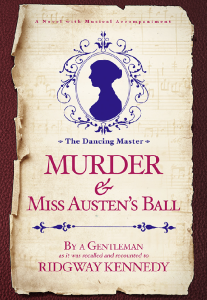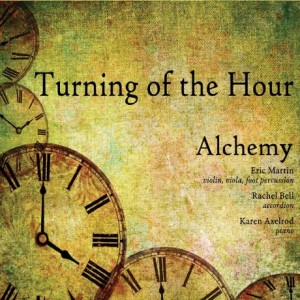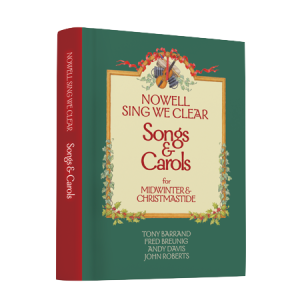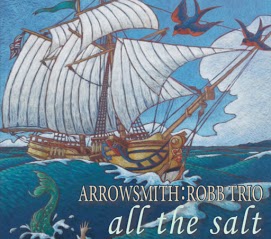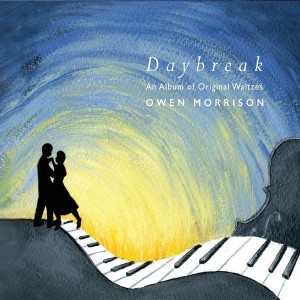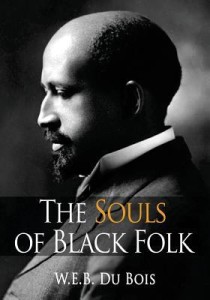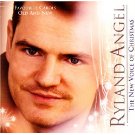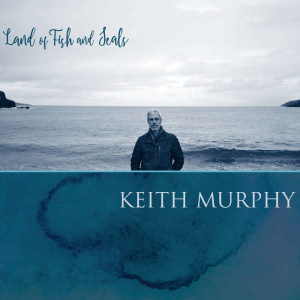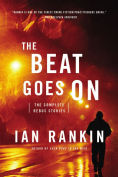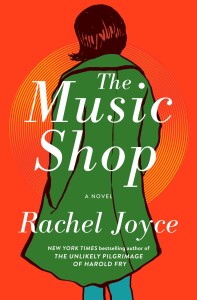
I’ve written before about Joyce’s novels The Unlikely Pilgrimage of Harold Fry and Miss Benson’s Beetle, so I looked forward to reading this, her fourth novel. It was even better than I expected.
In London of 1988, Frank owns a record shop—yes, vinyl only—on a street where the buildings are literally falling apart and the shops all struggling. His superpower is to find the perfect piece of music for whoever comes into his shop. They may know what they want, but he knows what they need.
Frank had helped them through illness, grief, loss of confidence and jobs, as well as the more daily things like football results and the weather. Not that he knew about all those things, but really it was a matter of listening, and he had endless patience.
The other shopkeepers are drawn with respect and compassion. Mr. Novak the baker, Maude the tatooist, Father Anthony selling religious bookmarks and other iconography, the Williams brothers who run a funeral home and are often seen holding hands: they are given to us in their fullness. This is an approach I noted in Joyce’s other books, the way she respects the voice of even the minor characters and her tone. She doesn’t make fun of the characters or look down on them.
The push by a development company to buy out tenants and shop owners alike, in order to tear down all the buildings to make way for luxury apartments, strains the communal bonds of the street whose inhabitants have previously been so supportive of each other.
Then a German woman in a green coat faints outside Frank’s shop. Ilse Brauchmann slowly becomes enmeshed in the community, with her mysterious background and amazing—to Frank at least—ability to fix anything mechanical. Eventually she asks Frank to give her music lessons.
The true joy of the book for me is listening to Frank talk about music. His sensitive descriptions, which have almost nothing to do with music theory and much to do with emotion and theme, have sent me back to pieces I thought I knew well and to others that were new to be. He says:
‘Music comes out of silence and at the end it goes back to it. It’s a journey . . . the silence at the beginning of a piece of music is always different from the silence at the end . . . Because if you listen, the world changes.’
As a writer, I was fascinated by Joyce’s interweaving of all these different strands to make an irresistable tapestry. I also noted the way she teased out the characters’ backgrounds with the same care as Frank layering in the context of a piece of music, and thus providing us with the same kind of insight.
At this time, when so much seems to be wrong with the world, this novel gave me comfort, reminding me of our common humanity and how we find it through our emotions in music, mutual concerns, and each other.
What novel by Rachel Joyce have you read? What did you think of it?
